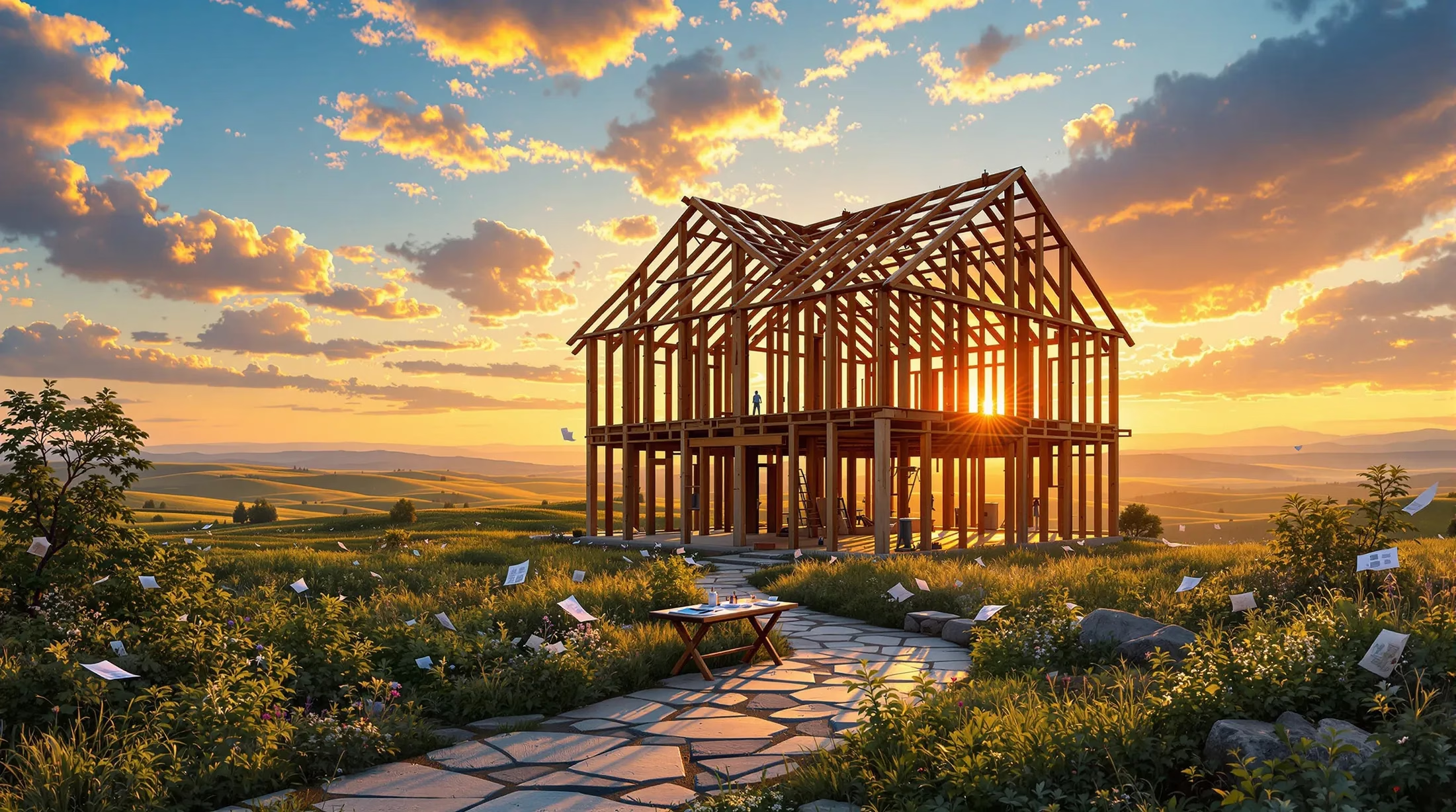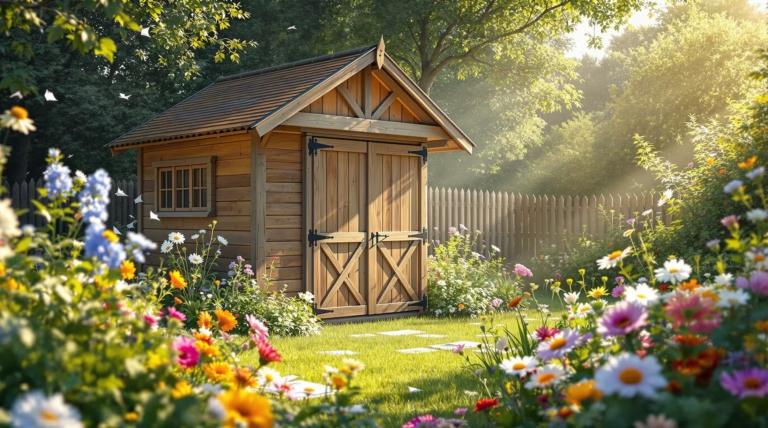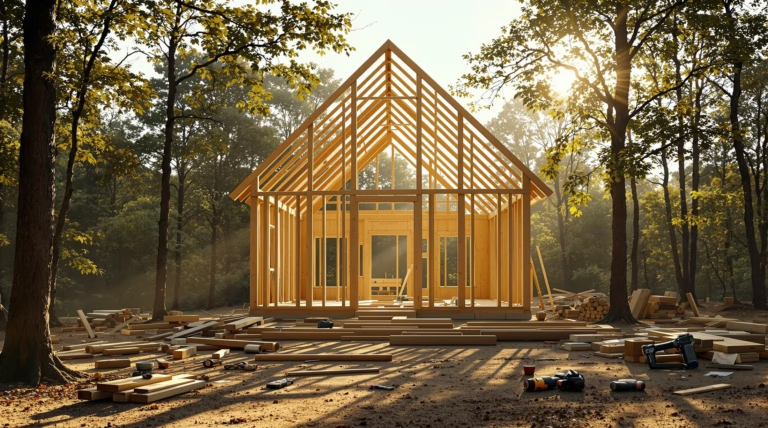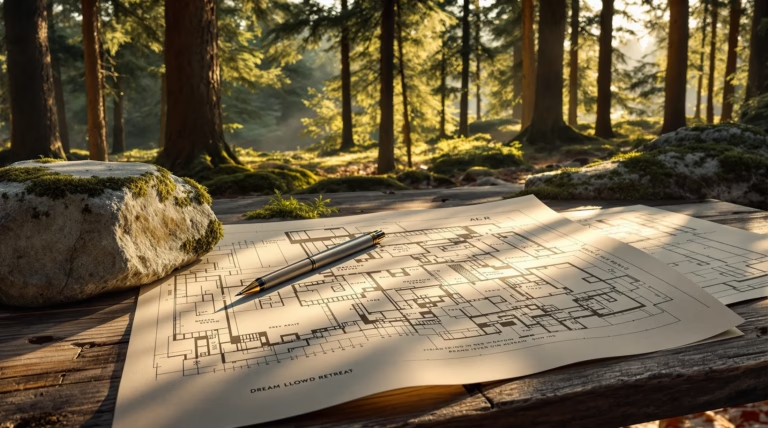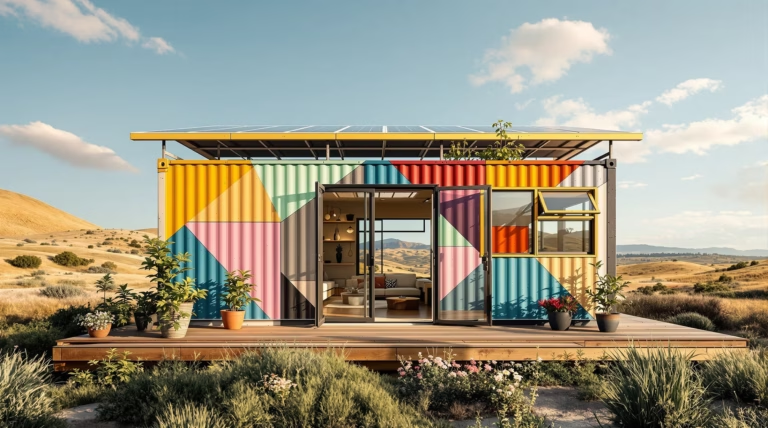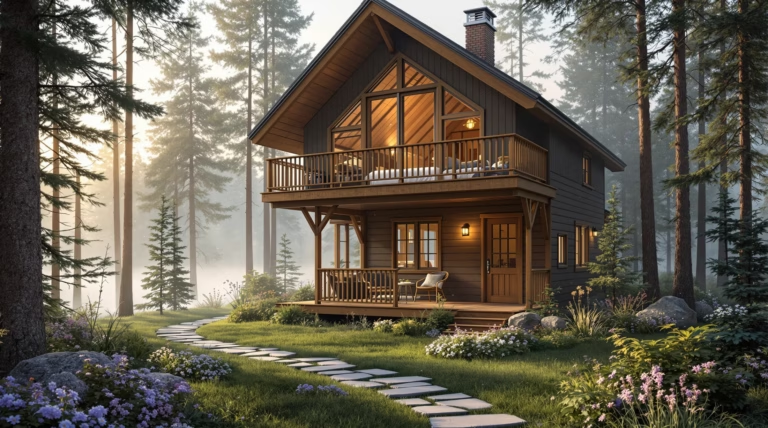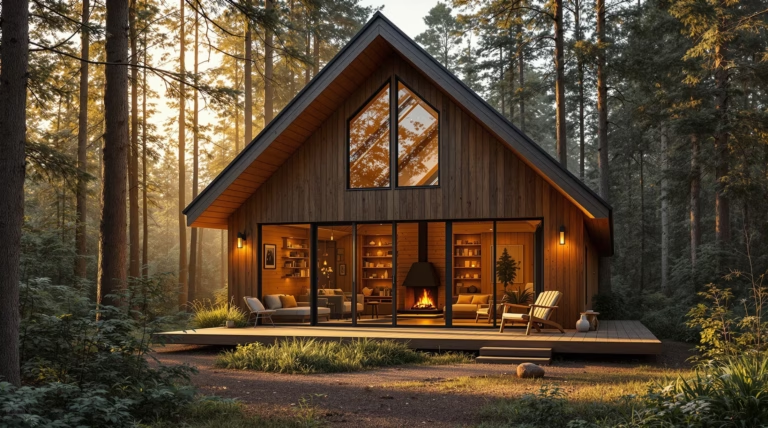House to Build: Essential Tips and Plans for Your Dream Home
Building your dream home is an exciting journey that begins with careful planning and thoughtful decisions. Whether you’re looking to create a cozy family nest or a modern masterpiece, understanding the essential aspects of home construction will help you navigate this significant investment with confidence.
Choosing the Right House Plan for Your Dream Home
Selecting the perfect house plan sets the foundation for your future home’s success. The design you choose impacts not only the visual appeal but also determines how well your space functions for daily living. Consider both immediate and long-term needs, including family size, entertainment preferences, and potential work-from-home requirements.
- Family size and growth potential
- Entertainment and social gathering spaces
- Work-from-home requirements
- Accessibility considerations
- Storage and organizational needs
Exploring Different Home Design Styles
The architectural style of your home reflects your personal taste and creates a lasting impression. Each design tradition offers unique characteristics and advantages:
| Style | Key Features | Best Suited For |
|---|---|---|
| Modern | Clean lines, open layouts, large windows | Contemporary lifestyle enthusiasts |
| Craftsman | Natural materials, detailed woodwork, inviting porches | Traditional family homes |
| Mediterranean | Stucco walls, tile roofs, outdoor living spaces | Warm climate locations |
| Colonial | Symmetrical design, formal layouts | Classic taste preferences |
Customizing Your House Plan
Most house plans can be modified to better suit your specific needs. Common customization options include:
- Adjusting room dimensions and layouts
- Adding specialized spaces like home offices or media rooms
- Enhancing outdoor living areas
- Modifying storage solutions
- Updating architectural details
Understanding the Costs Involved in Building a House
Building costs extend beyond basic materials and labor. A comprehensive budget should account for various expenses throughout the construction process.
Factors Influencing Construction Costs
Several key elements impact the final cost of your home:
- Location and local market conditions
- Material quality and availability
- Architectural complexity
- Site conditions and preparation
- Labor costs and availability
- Seasonal timing of construction
Using Cost to Build Reports for Budget Planning
Cost to build reports provide detailed financial projections based on your specific project parameters. These reports break down expenses into categories, helping you:
- Identify potential budget challenges early
- Make informed decisions about resource allocation
- Negotiate effectively with contractors
- Secure appropriate financing
- Set realistic project timelines
Navigating building permits and regulations is a crucial step in transforming your house plans into reality. Building codes and permit requirements vary significantly by location, making it essential to understand your area’s specific regulations before breaking ground. This process, while sometimes challenging, protects both you and your investment by ensuring construction meets safety standards and legal requirements.
A proactive approach to permits can save substantial time and money. Unpermitted work often leads to:
- Significant financial penalties
- Mandatory demolition of completed work
- Complications during property sales
- Potential safety risks
- Insurance coverage issues
Understanding Local Building Codes
Local building codes establish minimum standards for structural integrity, fire safety, accessibility, and more. These regulations vary between jurisdictions, with each municipality potentially having unique requirements. Before finalizing plans, thoroughly research local code specifications for:
- Foundation requirements
- Structural framing standards
- Electrical system specifications
- Plumbing regulations
- Energy efficiency standards
- Aesthetic requirements (in some communities)
Managing Permitting and Regulatory Fees
| Fee Type | Description |
|---|---|
| Base Permit Fees | Primary construction permits required for overall project |
| Specialized Permits | Electrical, plumbing, and mechanical permits |
| Impact Fees | Community development and infrastructure charges |
| Utility Connections | Water and sewer connection charges |
| Environmental Fees | Environmental impact and mitigation expenses |
To manage these costs effectively, research fee schedules early in the planning process. Many jurisdictions offer online fee calculators for accurate estimation. Consider timing your permit applications strategically, as some areas increase fees annually. Working with experienced professionals can help identify potential fee reductions or incentives for energy-efficient construction.
Popular Eco-Friendly Features to Consider
When planning your eco-friendly home, several key features deserve consideration for their proven sustainability benefits. Energy-efficient building envelopes form the foundation of a green home, incorporating advanced framing techniques, superior insulation, and high-performance windows with low-E coatings.
- Advanced building envelope features:
- Spray foam insulation or structural insulated panels
- High-performance windows with climate-appropriate glazing
- Advanced framing techniques for better thermal performance
| Sustainable Feature | Benefits |
|---|---|
| Solar Panel Systems | Offset electricity usage with increasingly affordable photovoltaic technology |
| Solar Thermal Systems | Efficient water heating through renewable energy |
| Water Conservation Features | Low-flow fixtures, dual-flush toilets, rainwater harvesting systems |
| Sustainable Materials | FSC-certified wood, reclaimed timber, recycled products, bamboo, cork |
| Smart Home Technology | Programmable thermostats, energy monitoring, automated resource management |
Site planning plays a crucial role in maximizing natural resources. Thoughtful design choices that work with nature often prove more effective than expensive technologies. Consider positioning your home to take advantage of natural light, prevailing breezes, and passive solar heating potential. These strategic decisions can significantly reduce energy consumption while maintaining optimal comfort levels throughout the year.

